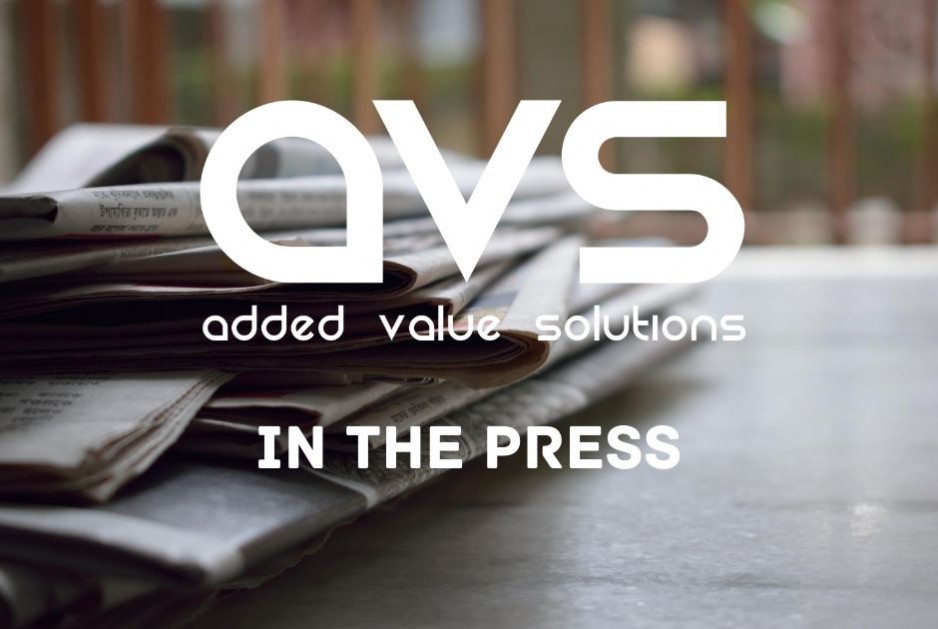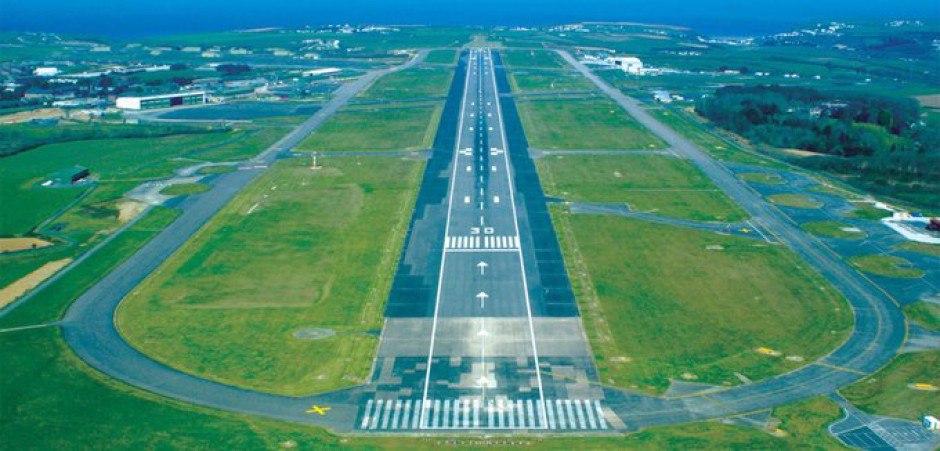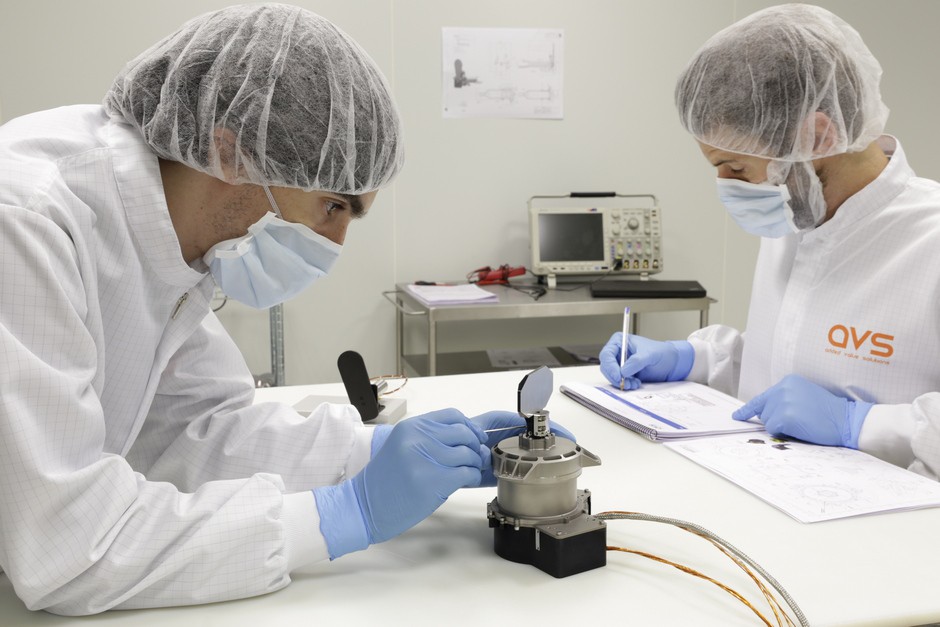AVS will reach Mars with its technology on board the NASA Rover Perseverance
Press release - Elgoibar, 22nd of July, 2020
NASA finalizes preparations so that, if everything goes as expected, Perseverance will be launched from Cape Canaveral (Florida, USA) on Thursday 30th of July, as part of the Mars 2020 mission to explore the Red Planet and determine if life existed.
About Mars 2020 mission
Perseverance's astrobiology mission will look for signs of ancient microbial life. It will also characterize the planet's climate and geology, pave the way for human exploration of the Red Planet, and be the first planetary mission to collect and store samples of dust and Martian rock. Subsequent missions will send spacecraft to Mars to collect these stored samples and bring them back to Earth for further analysis.
Live launch
NASA has a time window from July 30 to August 15 to launch Perseverance. The launch is currently scheduled for Thursday, July 30. The Rover will go on an Atlas V-541 rocket, one of the largest rockets available for interplanetary flights. The launch can be seen live around 1:50 p.m. (Spanish time) from the NASA website (NASA.gov/live) and on its YouTube channel (YouTube.com/NASAJPL/live).

Kennedy Space Center in Cape Canaveral (Florida, USA). Photo credits: NASA
AVS Contribution
AVS is proud to be part of this important milestone in the history of space exploration. The company has participated in the development of two of the seven instruments that are on board Perseverance. On the one hand, in the development of the wind sensors that are part of the MEDA instrument and, on the other hand, in the development of the calibration target of the SuperCam instrument.
MEDA instrument
MEDA (Mars Environmental Dynamics Analyzer), an instrument led by the CAB (Center for Astrobiology, dependent on the National Institute of Aeronautical Technique -INTA- and the Higher Council for Scientific Research -CSIC-): is a set of sensors distributed throughout the Perseverance mast and body, which will measure wind speed and direction, atmospheric pressure, relative humidity, ambient temperature and solar radiation on Mars. AVS's contribution to the MEDA instrument has been the structure and the deployment mechanisms of the wind sensors. These will serve to protect the wind sensors from damage during landing on Mars and to ensure the development of their function once deployed. Thanks to them, wind measurements will be obtained on the surface of the Red Planet with unprecedented resolution, contributing to the collection of data of great scientific value as well as for the preparation of future manned missions to Mars.

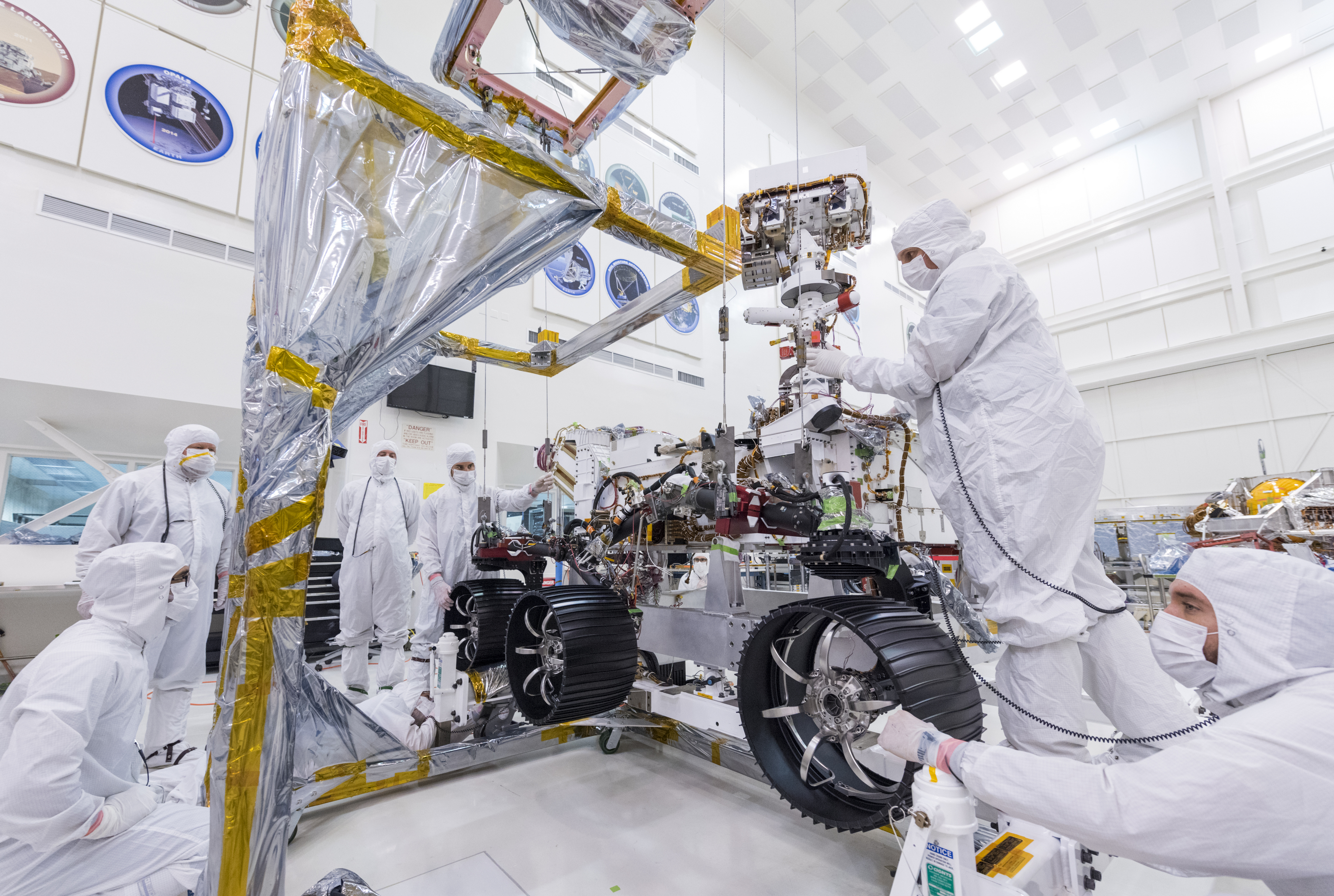
Photos of the sensors on the mast of the Rover. Photo credits: NASA/JPL-Caltech
SUPERCAM instrument
AVS, together with the University of Valladolid, is responsible for the system that contains 30 samples of known composition used for calibration purposes in the SuperCam instrument.
SuperCam will examine rocks and soils with a camera, laser, and spectrometers to search for organic compounds that may be related to past life on Mars. It can identify the chemical and mineral composition of targets as small as a pencil tip from a distance of more than 7 meters.
The calibration system developed by AVS for SuperCam represents an improvement over its predecessor CHEMCAM (in the Curiosity rover) since it will allow us to have more detail about the mineralogy and the presence of compounds related to the existence of life on Mars.
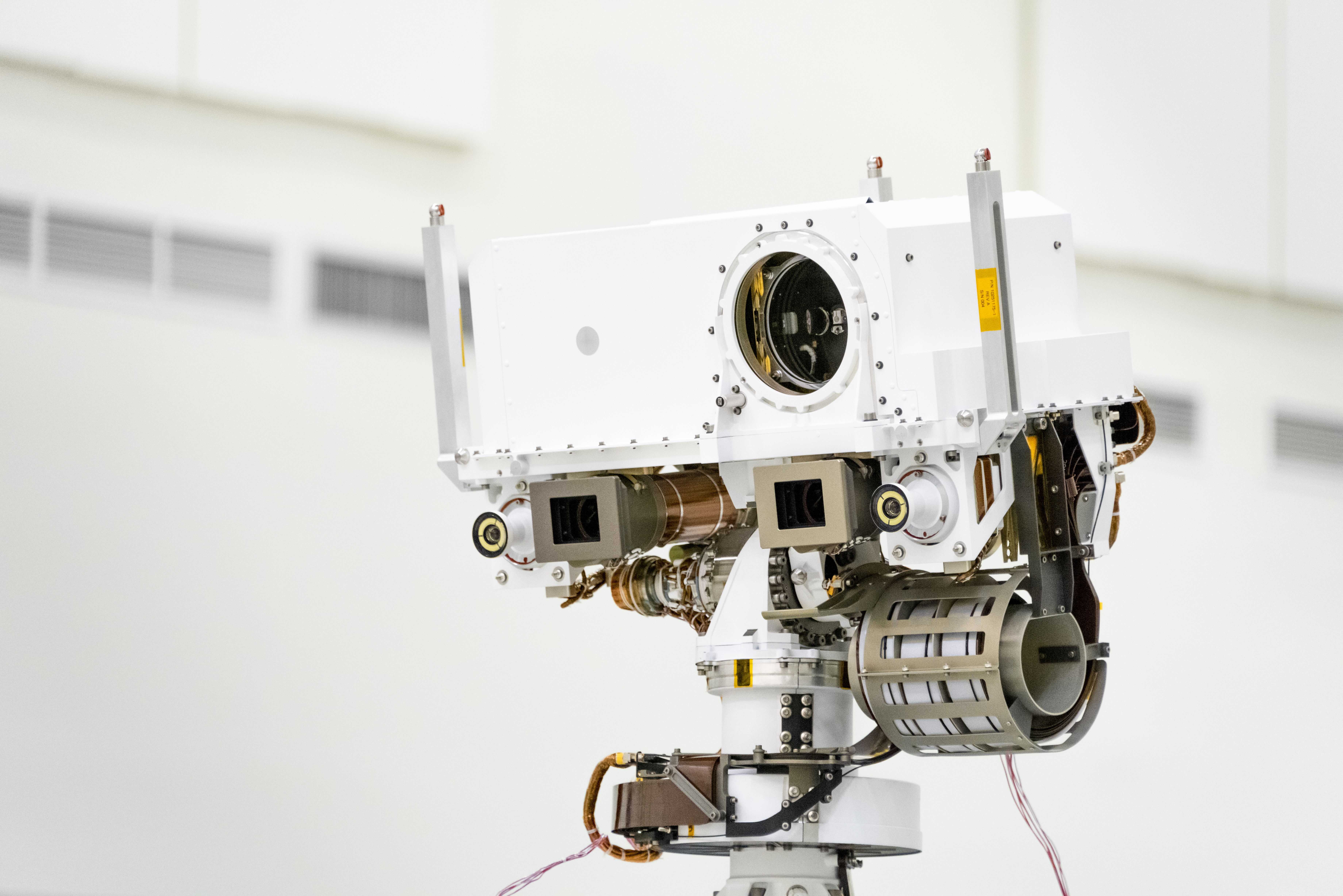

Photos of SuperCam and the SCCT (SuperCam Calibration Target). Photo credits: NASA/JPL-Caltech and AVS.
AVS in Space
AVS's participation in this NASA mission is a very important achievement for the company. Since its foundation in 2006, AVS has been working rigorously on projects linked to the Science and Space Industry, always committing itself to excellence and developing high technology for the most sophisticated and demanding projects.
In the words of Cristina Ortega Juaristi, AVS Space Director: “Having participated in the M2020 mission integrated into the JPL-NASA team for the last five years has been an enormous challenge for us, a great responsibility and at the same time a valuable learning . All the effort invested in this magnificent project is about to come true”.
Thanks to these projects, AVS has been able to demonstrate its ability to live up to such demanding projects, and has positioned itself for its participation in future missions.
Working with NASA is an honor for an SME like AVS who, from their headquarters in Elgoibar, in Gipuzkoa, can say that their technology and know-how will travel to Space in the coming days.
Links of interest:
- About AVS: www.a-v-s.es
- Mars 2020 mission: mars.nasa.gov/mars2020
- Mars 2020 Perseverance Launch Press Kit: https://www.jpl.nasa.gov/news/press_kits/mars_2020/launch/media_services/
Media inquiries: media@a-v-s.es

